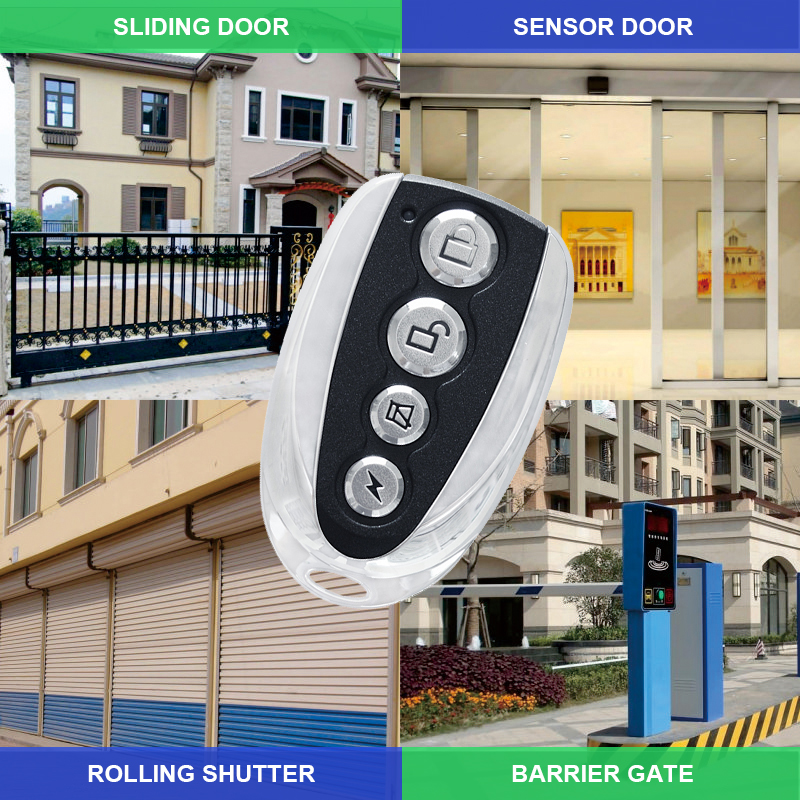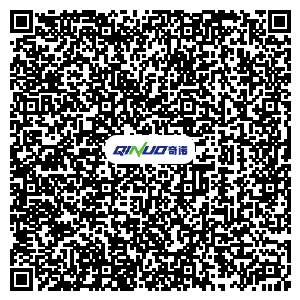As a leading OEM manufacturer of garage door remote controls, we understand that security is a primary concern for both residential and commercial users. One of the most frequent inquiries we receive from clients and system integrators relates to how to prevent remote control duplication by intruders.
This article will explore the technical aspects of remote duplication threats and provide actionable solutions from a product design and manufacturing perspective.

Understanding Remote Duplication Threats
Remote duplication, also known as code grabbing or code cloning, occurs when an unauthorized party intercepts or replicates the signal transmitted by a garage door remote. This allows the intruder to gain access to the property without authorization.
There are several common attack methods:
Fixed code cloning: Intruders copy the signal from a fixed code remote and replay it using a programmable device.
Code grabbing: Attackers capture the signal in transit using a radio receiver and replay it later.
Brute-force decoding: Rare but technically possible for weakly encrypted systems with small code sets.
Key Technologies to Prevent Remote Duplication
1. Rolling Code (Hopping Code) Technology
The most effective way to prevent duplication is by using rolling code encryption, also known as hopping code.
How it works:
Each time the remote is used, it generates a new code using a synchronized algorithm shared between the transmitter and receiver. This code is used only once and becomes invalid after transmission, rendering intercepted signals useless.
At Qinuo, we integrate secure rolling code protocols (such as Keeloq encryption or equivalent proprietary methods) into all of our advanced garage door remote models. This significantly enhances protection against code grabbing and cloning.
2. Encrypted Signal Transmission
Modern remotes can transmit signals using AES or proprietary RF encryption protocols. These prevent reverse-engineering of signals and make brute-force attacks infeasible.
We offer remote controls with strong RF encryption algorithms and secure pairing processes that protect against unauthorized duplication even in environments with high RF interference.
3. Secure Pairing and Registration
Many security breaches occur due to unsecured pairing procedures. To address this, our OEM remotes are equipped with:
Two-factor authentication for programming
Encrypted handshake protocols during initial pairing
Manual or software-based ID whitelisting on receivers
This ensures that only verified remotes can be registered with a specific garage door opener.
Best Practices for System Integrators and End Users
To ensure maximum security, we recommend the following implementation strategies:
Always use rolling code remotes for new installations or system upgrades.
Avoid generic fixed code remotes, especially those operating on common frequencies such as 433.92 MHz.
Regularly update receiver firmware to support the latest encryption protocols.
Disable unused or lost remotes through the receiver's memory management interface.
Use remotes with concealed or recessed buttons to prevent accidental activation or signal broadcasting.
Our OEM Solutions for Secure Garage Access
As a professional OEM supplier, Qinuo offers a full range of secure garage door remote controls with the following features:
Rolling code encryption (with ICs such as HCS301, HCS200, or custom secure chips)
Advanced anti-cloning protocols
Customizable frequency bands (315 MHz, 433 MHz, 868 MHz, etc.)
Robust casing and anti-tamper designs
Secure receiver integration modules
We also provide custom branding, PCB layout design, and firmware encryption services for B2B clients and garage automation system manufacturers worldwide.
Conclusion
Preventing remote duplication is essential for safeguarding garage access systems from intrusion. By incorporating rolling code encryption, secure signal protocols, and best practices in system integration, the risks can be effectively mitigated.
As a trusted OEM manufacturer, we are committed to delivering secure, reliable, and customizable remote control solutions that meet the highest industry standards. For more information or to request product specifications, please contact our technical sales team.

-
Office ViewQinuo Electronics Co., Ltd.was founded in 2009,it is a high-tech company that integrated R & D, manufacturing, sales and service for 15 years,which is mainly specialized in providing sensors of automatic door, control system of door and gate, car key remote, auto parts etc. The company currently has four independent brands: U-CONTROL, U-SENSORS, U-AUTOGATES and U-AUTOKEYS.
-
got questions? call us
+86 13960286508
-
fax :
+86 595 22901208 -
Email :
[email protected]
-
address
- No.991 Xingxiu Road,Taiwanese Investment Zone, Quanzhou, Fujian Province,P.R.China











